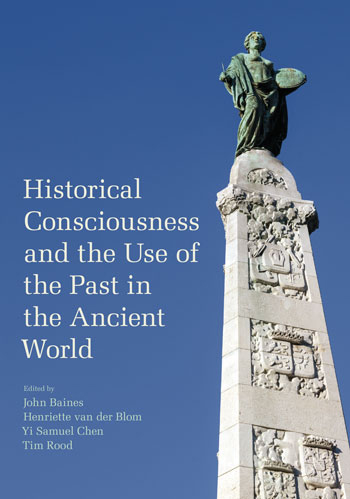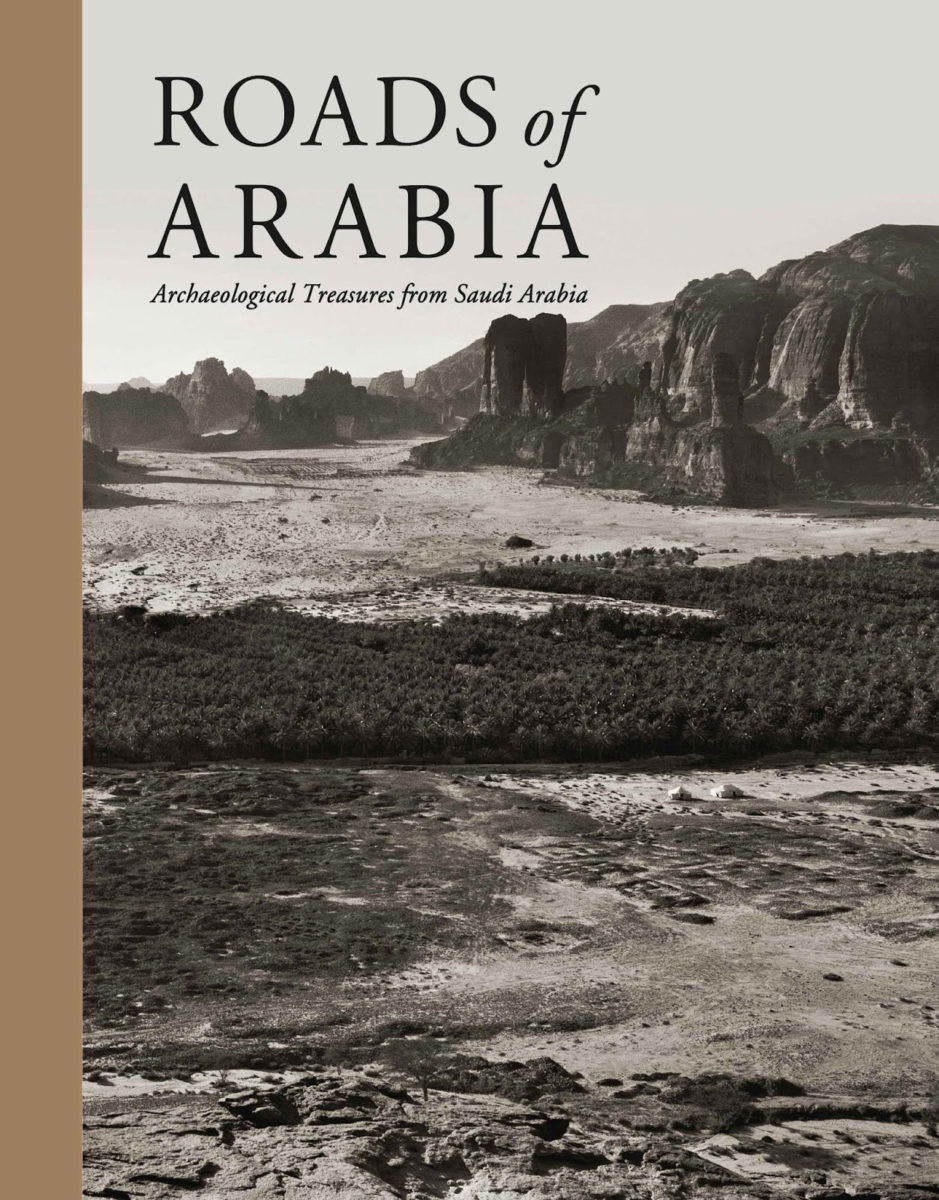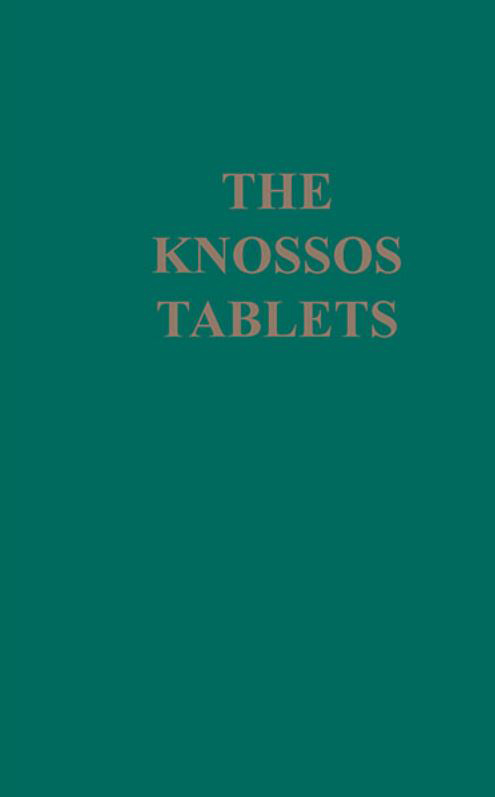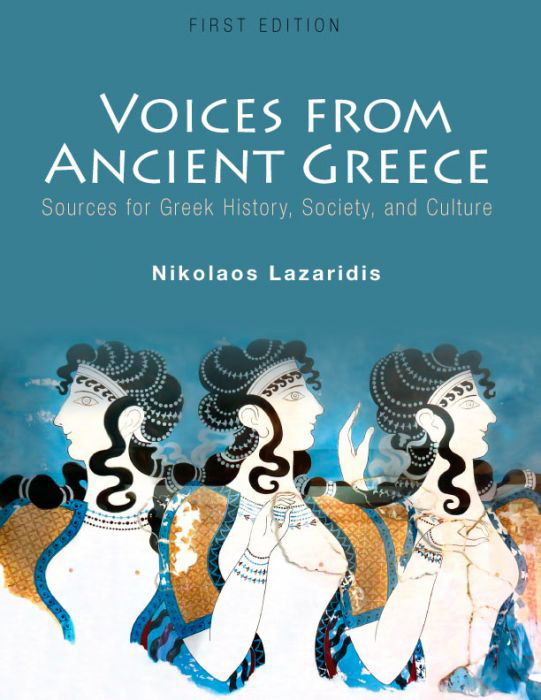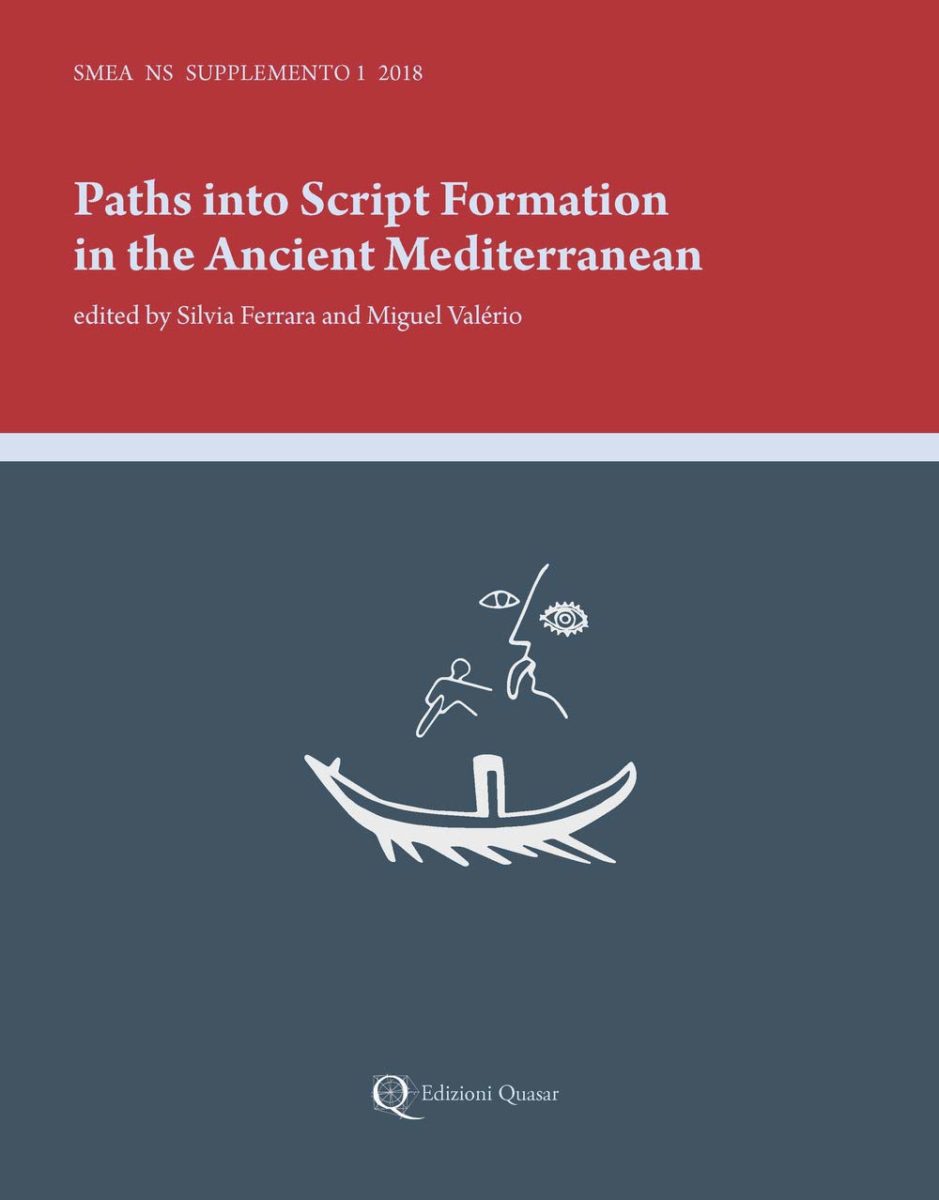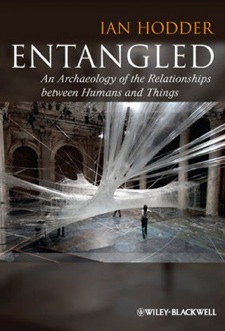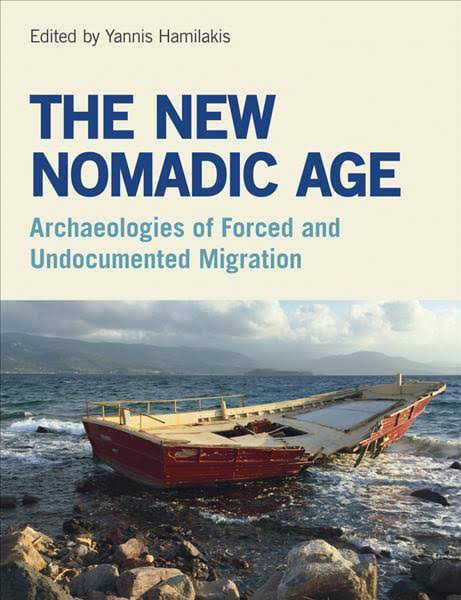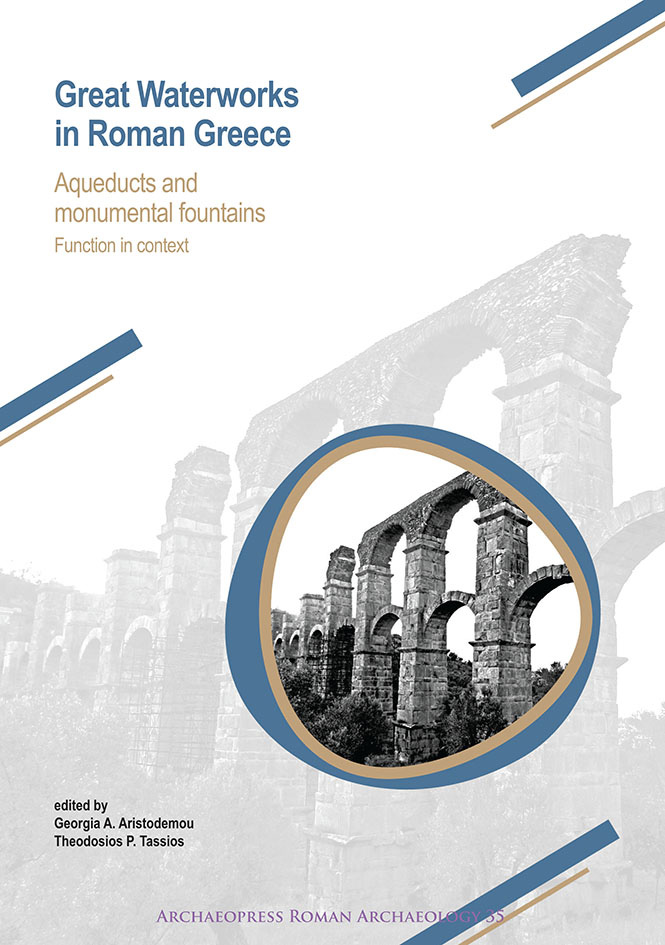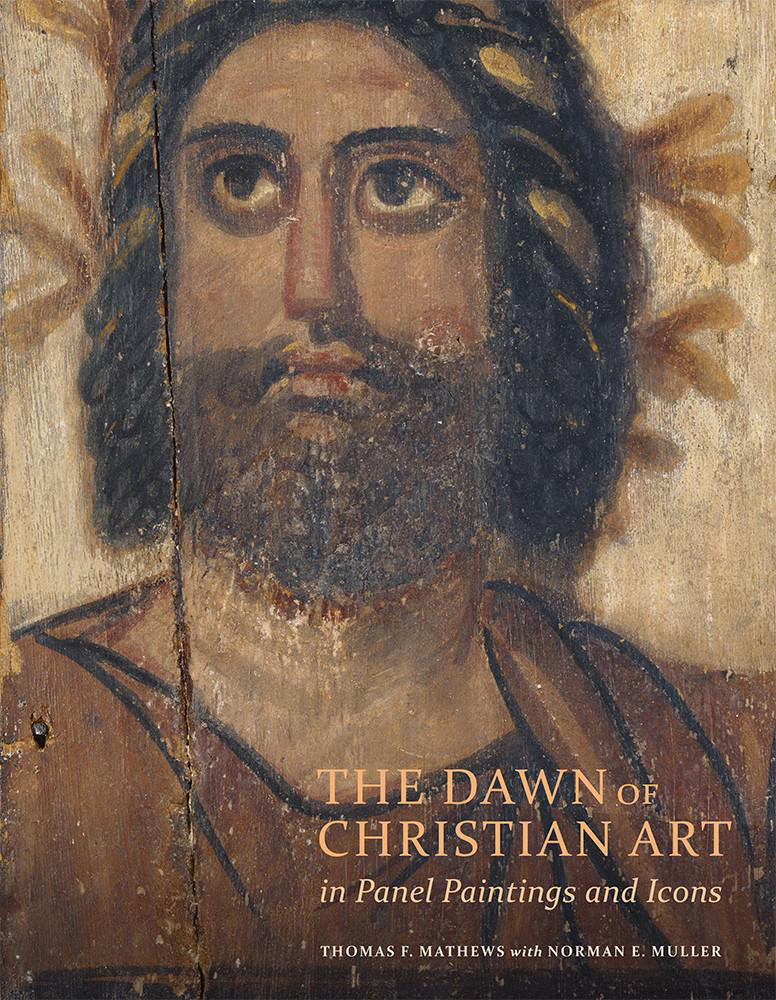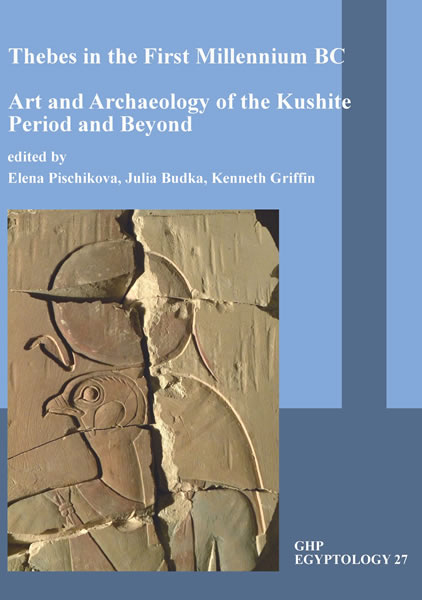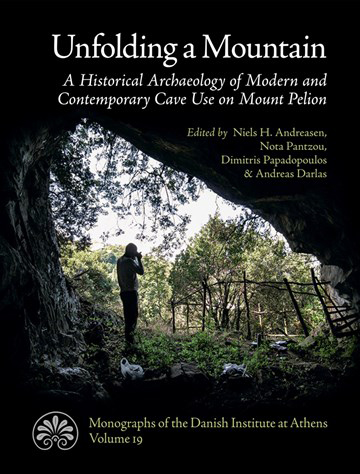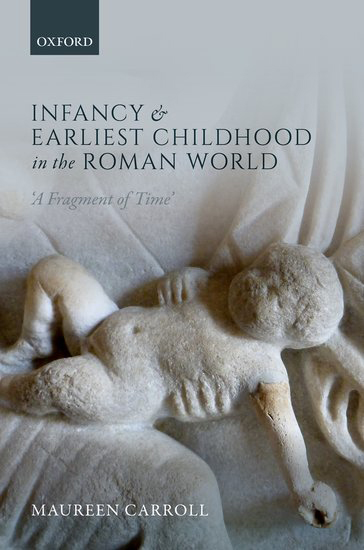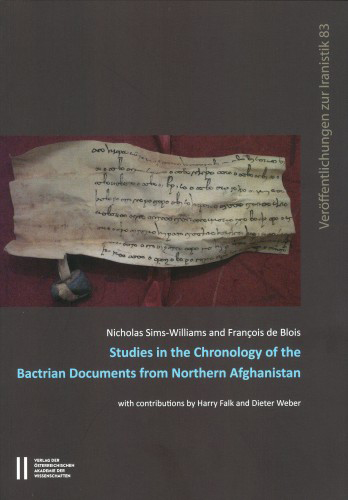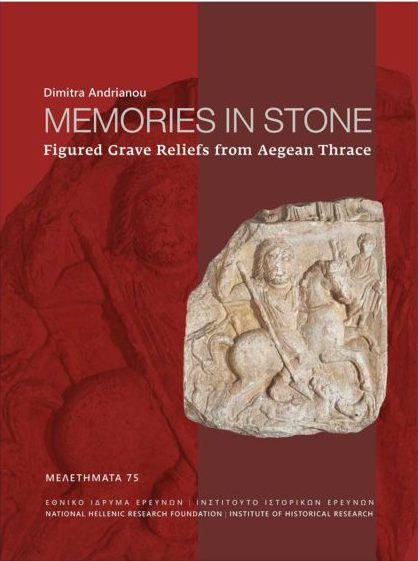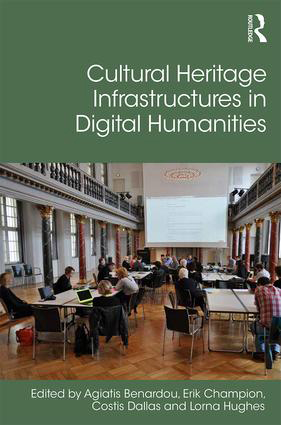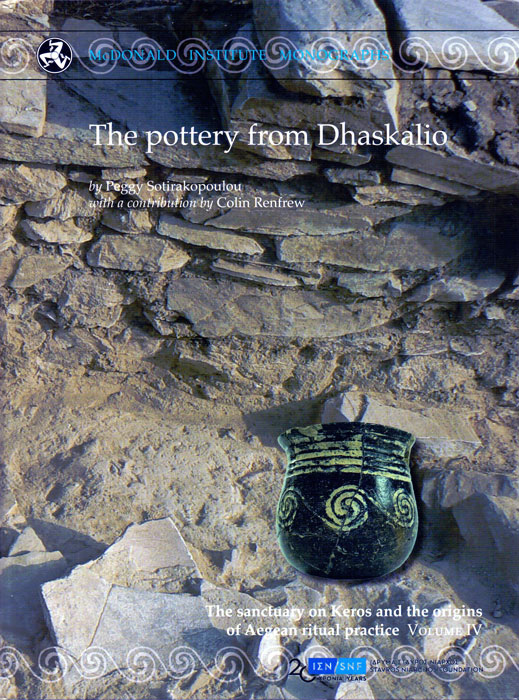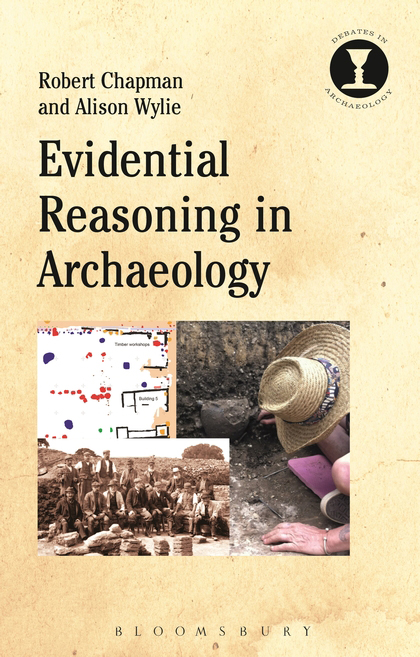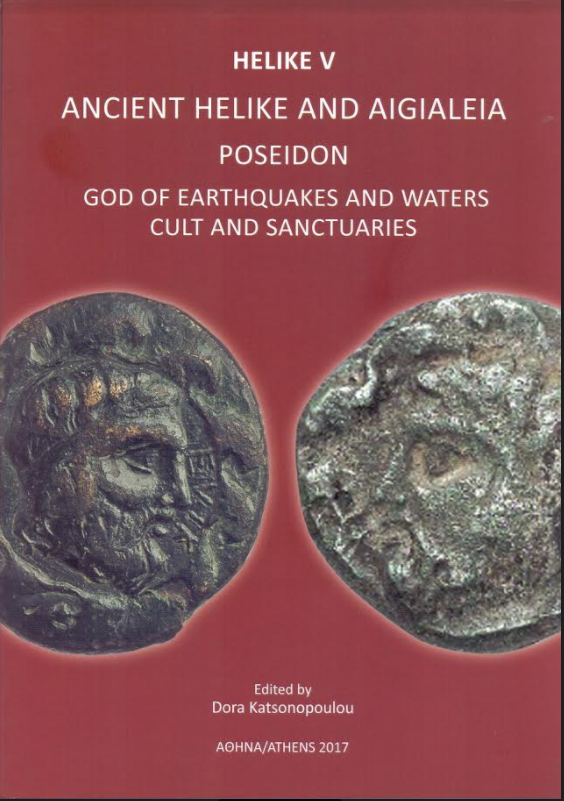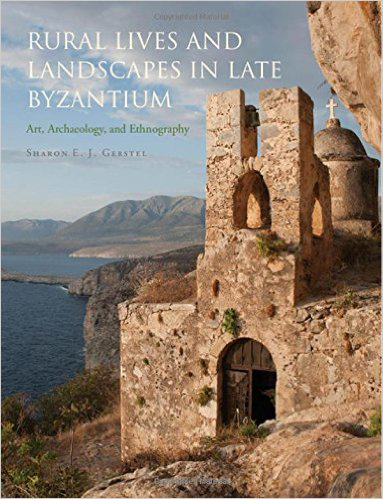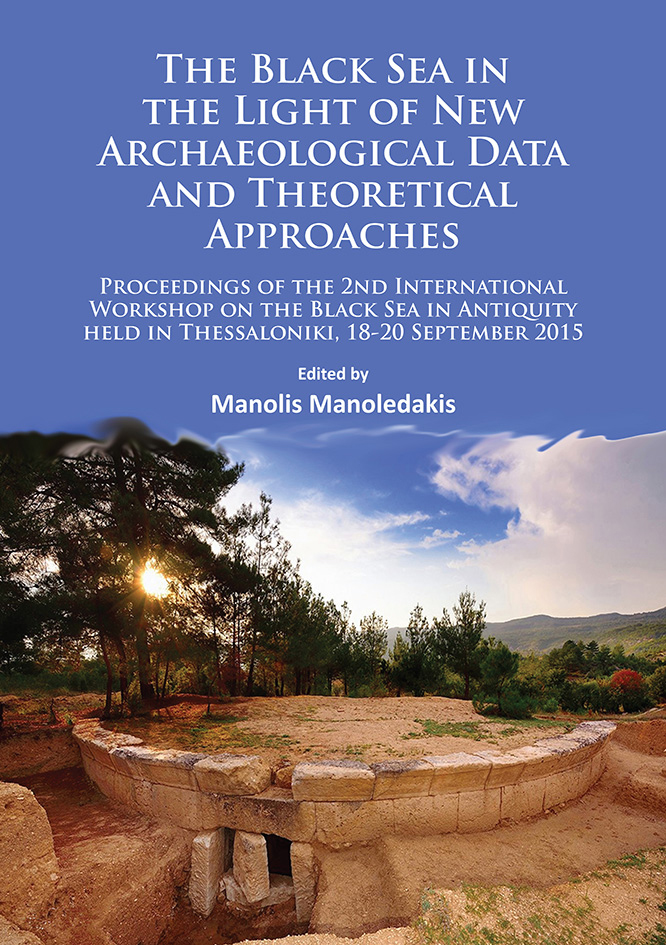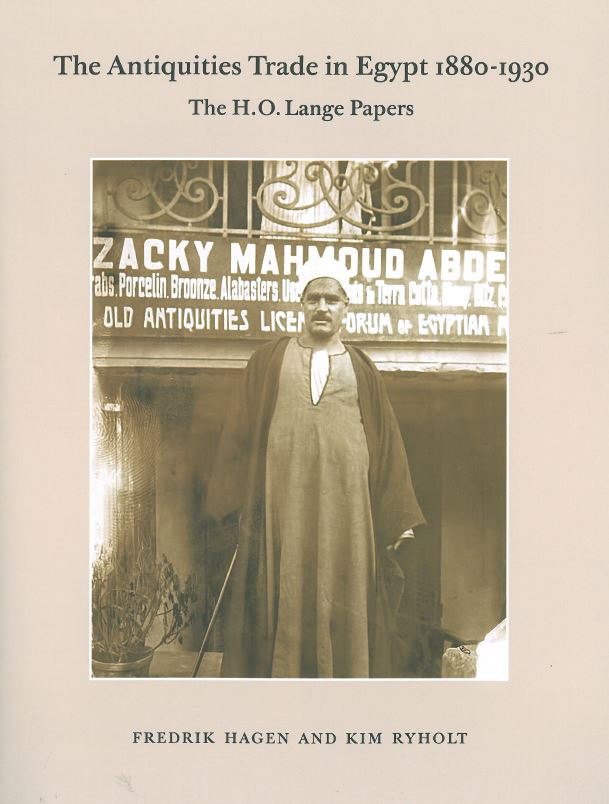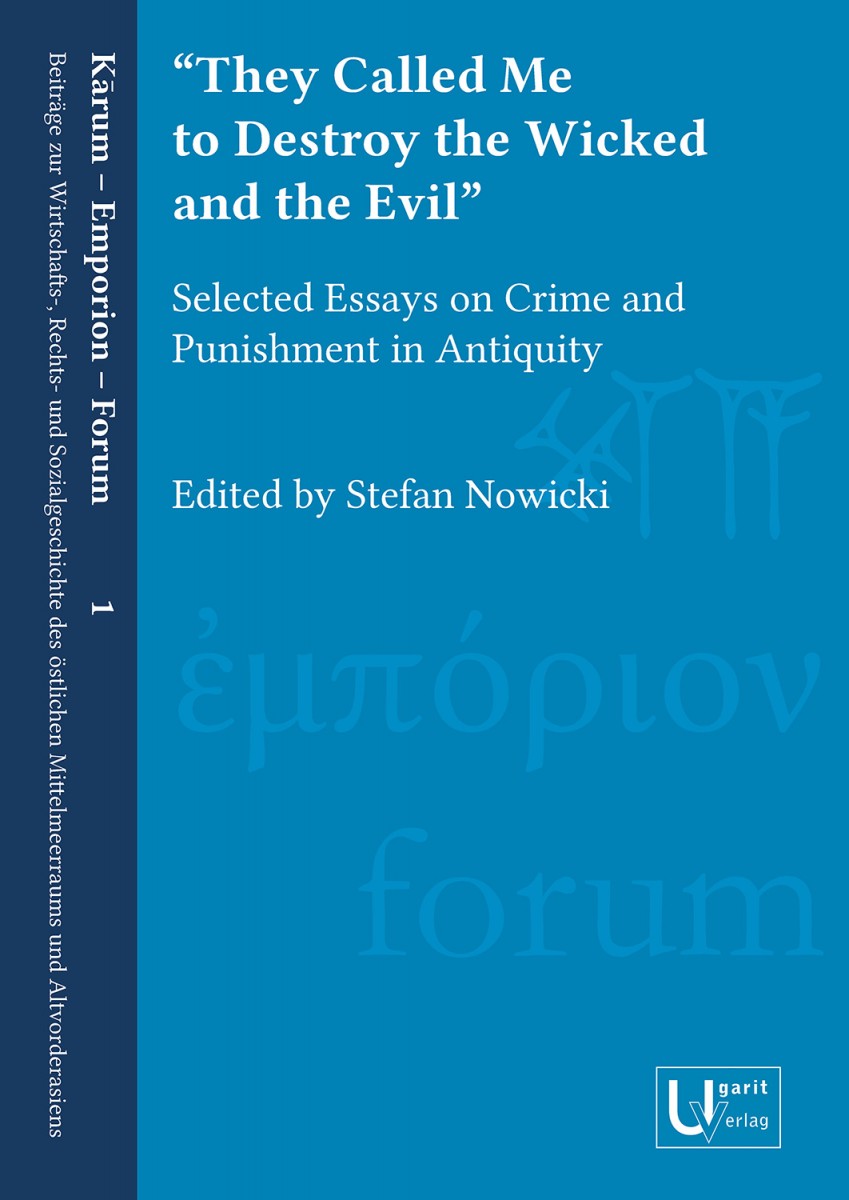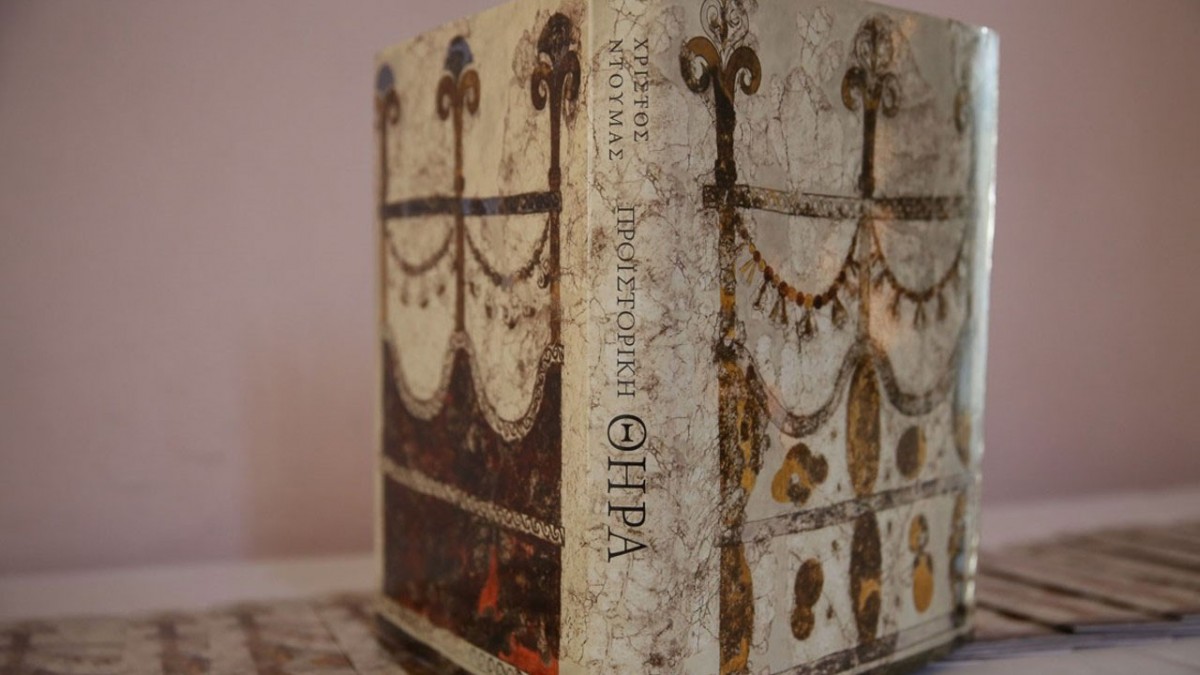Historical Consciousness and the Use of the Past in the Ancient World
Essays on uses of the past in prominent and diverse cultures in ancient civilizations across the world.
Roads of Arabia
Mina Moraitou, George Manginis (eds.), Roads of Arabia. Archaeological Treasures from Saudi Arabia, translation and editing of english texts: Anastasia Geramanis, Greta Vasileiou, Benaki Museum, Athens 2019, 279 p. ISBN: ISBN: 978-960-476-242-2 The publication constitutes the catalogue of the exhibition
The Knossos Tablets
The sixth edition of The Knossos Tablets brings for now to completion nearly 120 years of the study of the texts of the Linear B inscriptions from the preeminent Cretan palatial site of the late Minoan Bronze Age.
Voices from Ancient Greece
Voices from Ancient Greece: Sources for Greek History, Society, and Culture provides students with an engaging exploration of one of the most influential ancient civilizations of the world.
Paths into Script Formation in the Ancient Mediterranean
The volume aims to throw light on the two different faces of the creation of writing – invention and adaptation – and on the multidimensional nature of such processes.
Entangled: An Archaeology of the Relationships between Humans and Things
A powerful and innovative argument that explores the complexity of the human relationship with material things, demonstrating how humans and societies are entrapped into the maintenance and sustaining of material worlds.
The New Nomadic Age – Archaeologies of Forced and Undocumented Migration
This book, the first archaeological anthology on the topic, takes up the challenge and explores the diverse intellectual, methodological, ethical, and political frameworks for an archaeology of forced and undocumented migration in the present.
Great waterworks in Roman Greece
The present volume, Great Waterworks in Roman Greece, consists the very first presentation of large scale waterworks in the Greek provinces of the Roman Empire.
The Dawn of Christian Art in Panel Paintings and Icons
This book presents a compelling argument for a lost link between the panel-painting tradition of Greek antiquity and Christian paintings of Byzantium and the Renaissance.
Thebes in the First Millennium BC: Art and Archaeology of the Kushite Period and Beyond
This volume is a collection of articles, most of which are based on the talks given at the conference of the same name organised by the team of the South Asasif Conservation Project.
Unfolding a Mountain
Unfolding a Mountain has an innovative and thoughtprovoking approach to the neglected topic of the role of caves in the modern and recent historical past in Greece.
Infancy and Earliest Childhood in the Roman World: ‘A Fragment of Time’
This volume singles out this youngest age group, the under one-year-olds, in the first comprehensive study of infancy and earliest childhood to encompass the Roman Empire as a whole.
Studies in the Chronology of the Bactrian Documents from Northern Afghanistan
The Bactrian documents have the potential to transform our knowledge of the history of the region during the 4th to 8th centuries CE.
Memories in Stone: Figured Grave Reliefs from Aegean Thrace
The book brings together for the first time a group of 70 decorated funerary reliefs from the region between the Nestos and the Hebros rivers.
Cultural Heritage Infrastructures in Digital Humanities
In this book, authors from a wide range of countries, representing some of the best research projects in digital humanities related to cultural heritage, discuss their latest findings.
The Pottery from Dhaskalio
This volume treats in detail the pottery from the settlement on the islet of Dhaskalio.
Evidential Reasoning in Archaeology
How do archaeologists work with the data they identify as a record of the cultural past? How are these data collected and construed as evidence?
Helike V: Ancient Helike and Aigialeia. Poseidon, God of Earthquakes and Waters
The new volume Helike V is just published by the Helike Society, edited by the Society President Prof. Dora Katsonopoulou.
Rural Lives and Landscapes in Late Byzantium: Art, Archaeology, and Ethnography
Published in 2015 by Cambridge University Press, Gerstel’s study takes an ambitious and original tack in addressing the landscape of a village and its inhabitants through medieval art.
The Black Sea in the Light of New Archaeological Data and Theoretical Approaches
The publication contains 19 papers on the archaeology and ancient history of the Black Sea region.
The Antiquities Trade in Egypt 1880-1930
The book presents the first in-depth analysis of the market of Egyptian objects on display in Western museums during its “golden age” in Egypt in the late 19th and early 20th Century.
Karum – Emporion – Forum (book series)
New series on economic, legal and social history of the eastern Mediterranean and Ancient Near East.
Prehistoric Thera
Τhis book includes photographs of monuments and exhibits from the archaeological site of Akrotiri of Thera and the Museum of Prehistoric Thera.
The Greeks and the British in the Levant, 1800-1960s
This book explores the concept of ‘the Levant’ as a component of the regional and international system during the age of imperialism.
